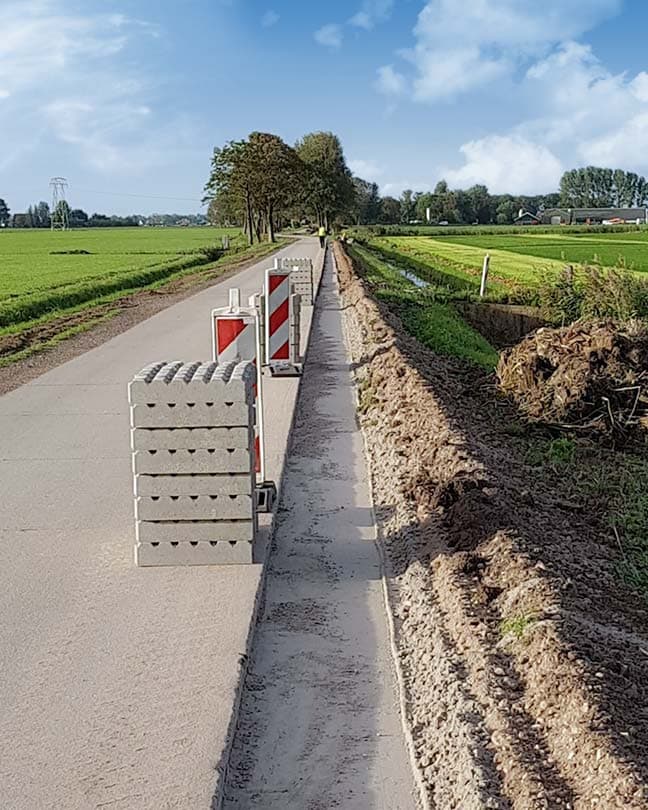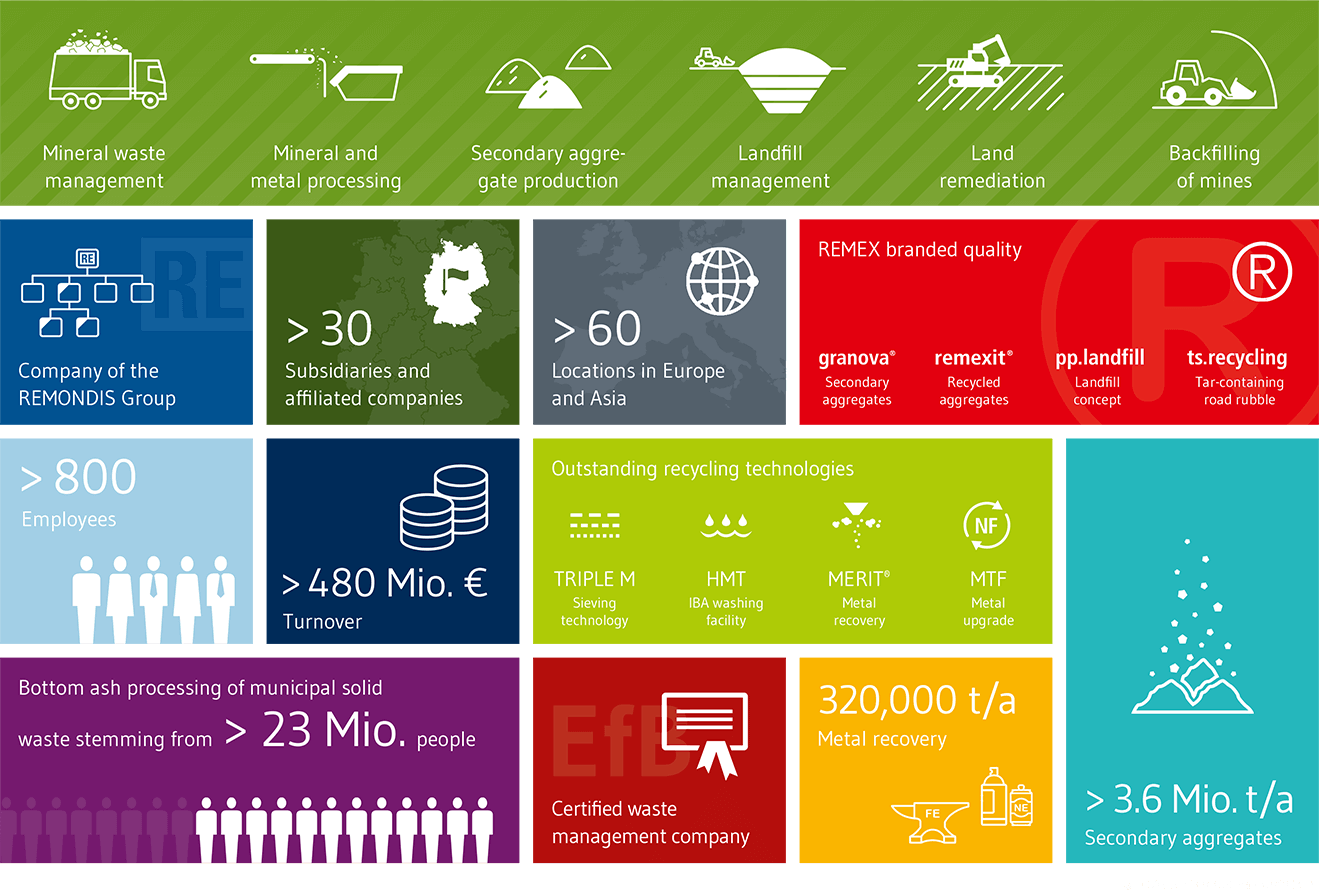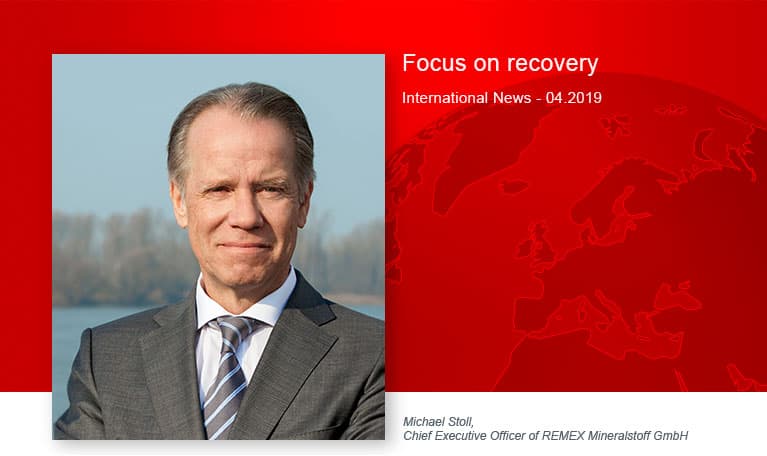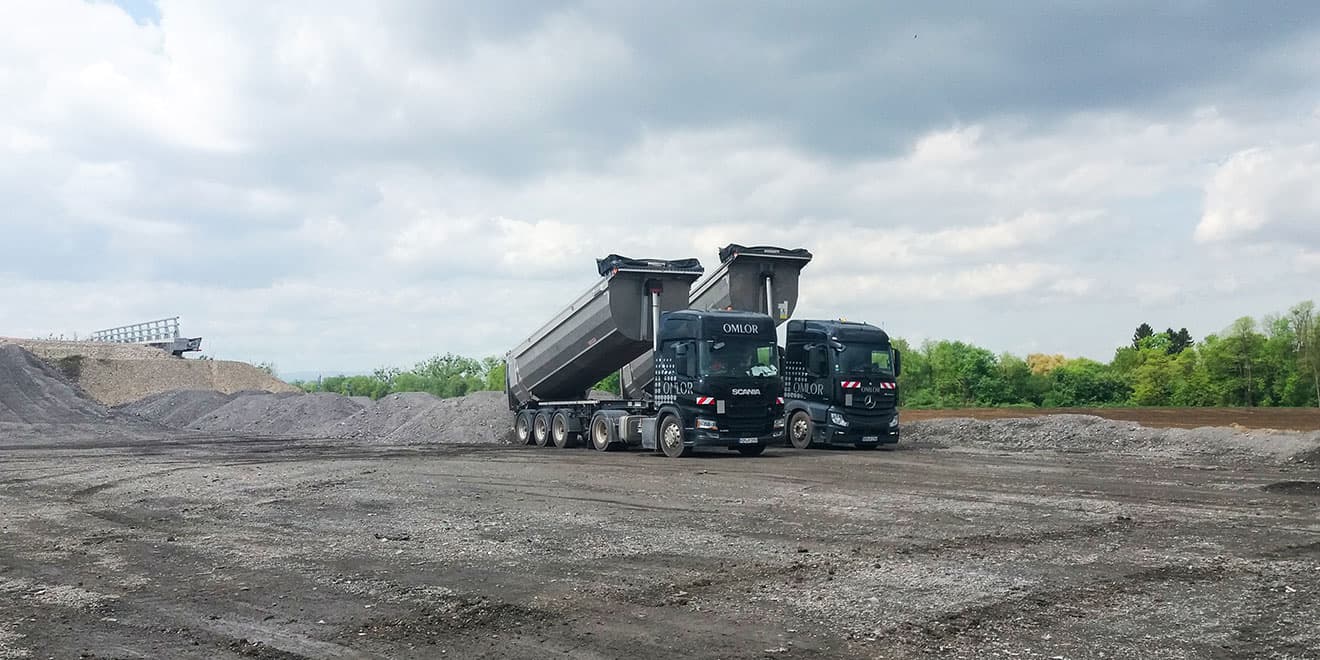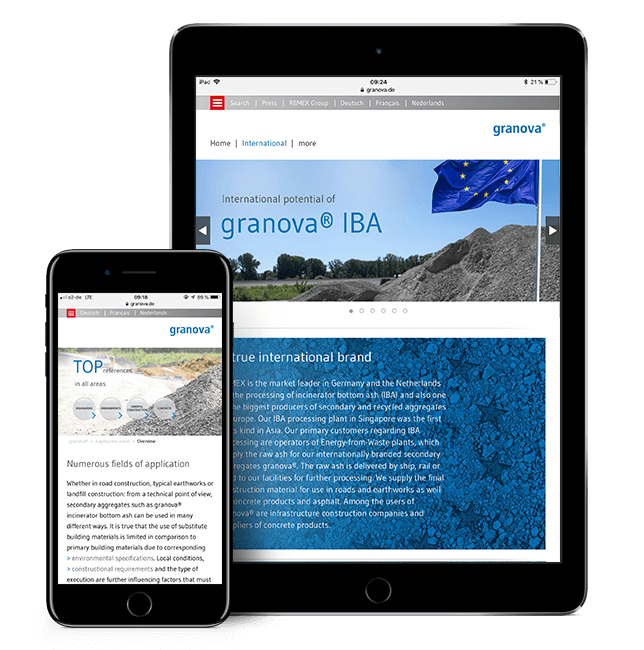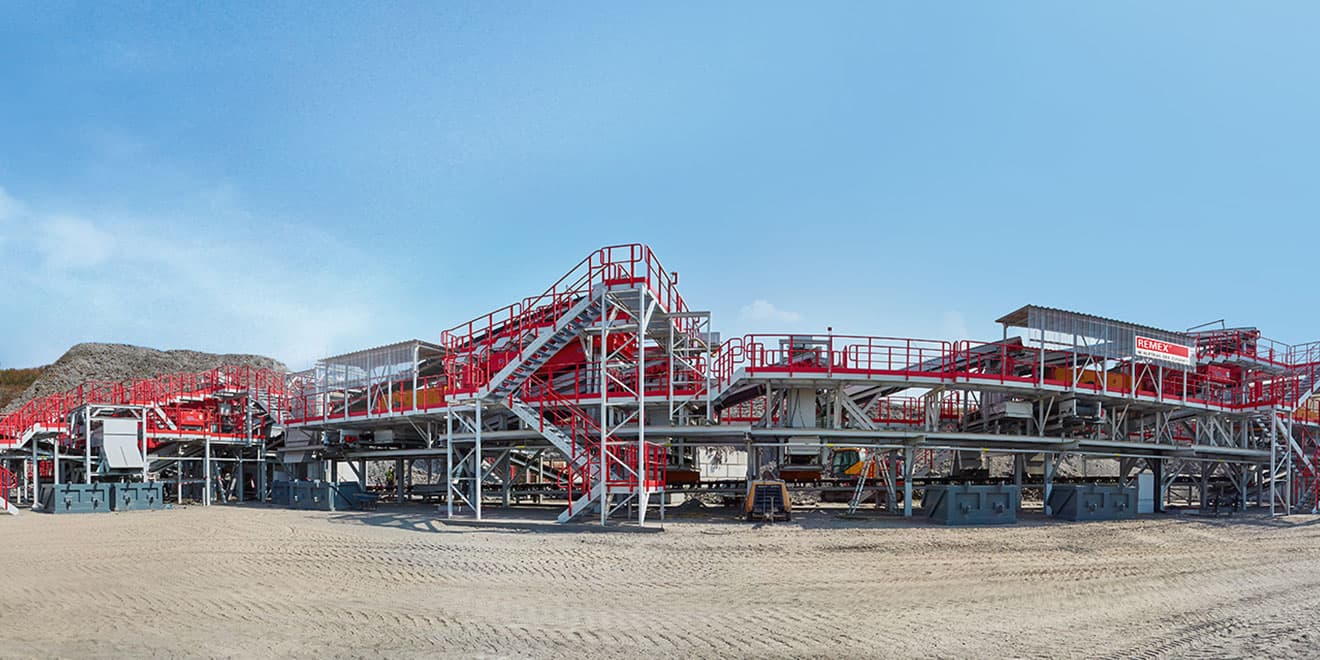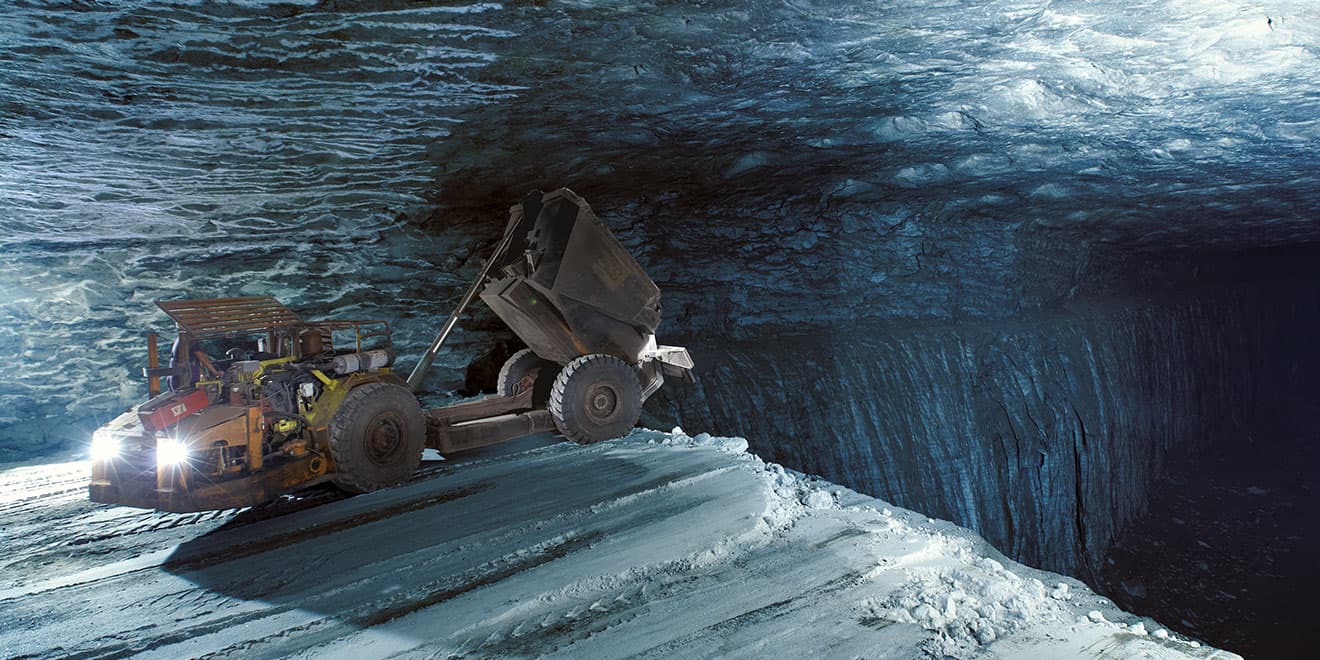With its judgment of 27 December 2018, the Dutch court "Raad van State“ made an important decision on the shipment of hazardous waste, in this case fly ash from flue gas cleaning facilities, as stowage material in salt mines.
As part of a notification for the shipment of hazardous waste from the Netherlands to Germany, the responsible Dutch authority, in the summer of 2017, initially refused to grant full consent to the notification. The use of hazardous waste as stowage material would be a disposal operation and therefore primarily to be carried out in the Netherlands, according to the reasons given by the authority at the time.
The Dutch authority based its opinion largely on the new definition of backfilling, which was introduced in the Waste Framework Directive in 2018. Backfilling is a recovery operation under the Waste Framework Directive and limited to non-hazardous waste. The authority interpreted the definition as meaning that backfilling would include underground stowage and that accordingly, only the use of non-hazardous waste was deemed recovery. Since the fly ash from flue gas cleaning is hazardous waste, the authority concluded in this case that by implication stowage counted as disposal.
The court did not follow this view in its proceedings. In the court’s view, the authority’s reasoning that stowage is backfill within the meaning of the new Waste Framework Directive is incorrect. According to the court, the concept of backfilling covers only above-ground backfilling, for example of clay or gravel pits, but not the use of waste underground. Consequently, the backfilling of excavated areas must be distinguished from underground stowage.
The judgment thus confirms the existing position of German authorities that the use of waste, in particular fly ash or flue gas, as material for underground stabilisation of mines is a recovery operation because it replaces natural construction materials. This means that waste from abroad can continue to be used as raw material for stowage.
> Read the ruling
> Waste Framework Directive
> aurec.de (German website)
